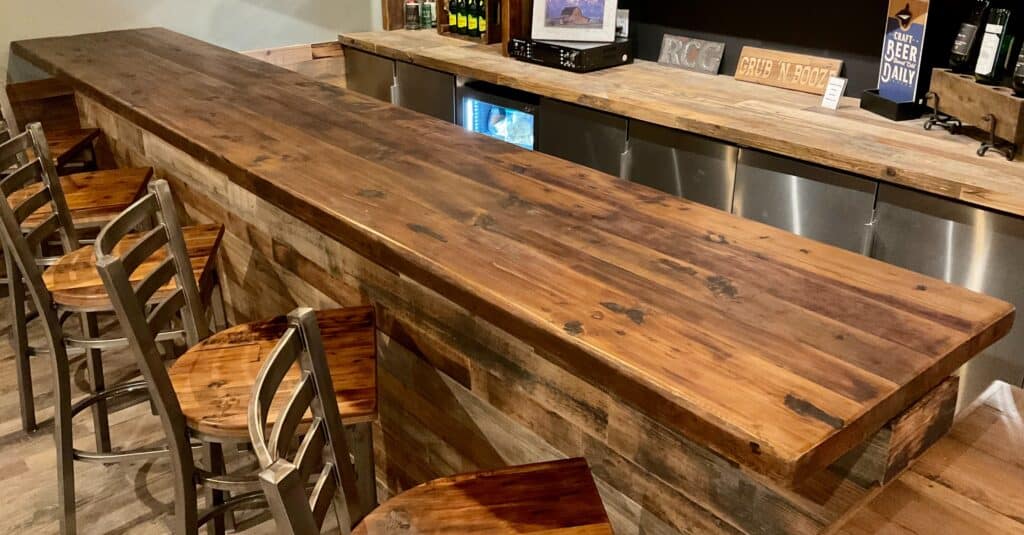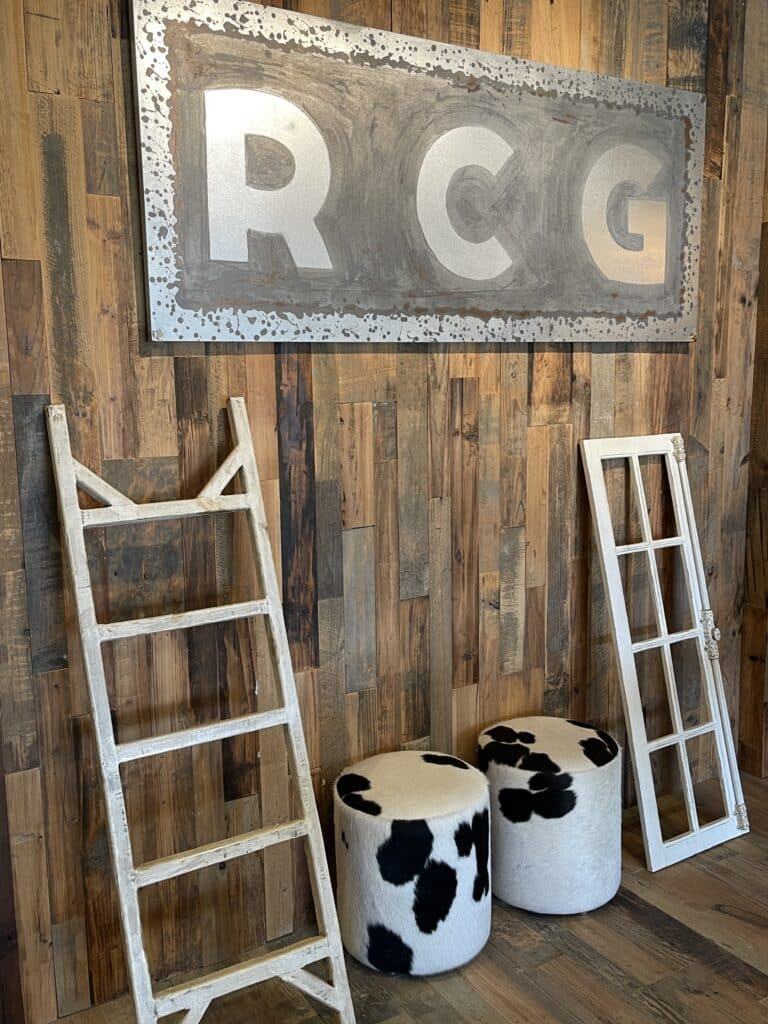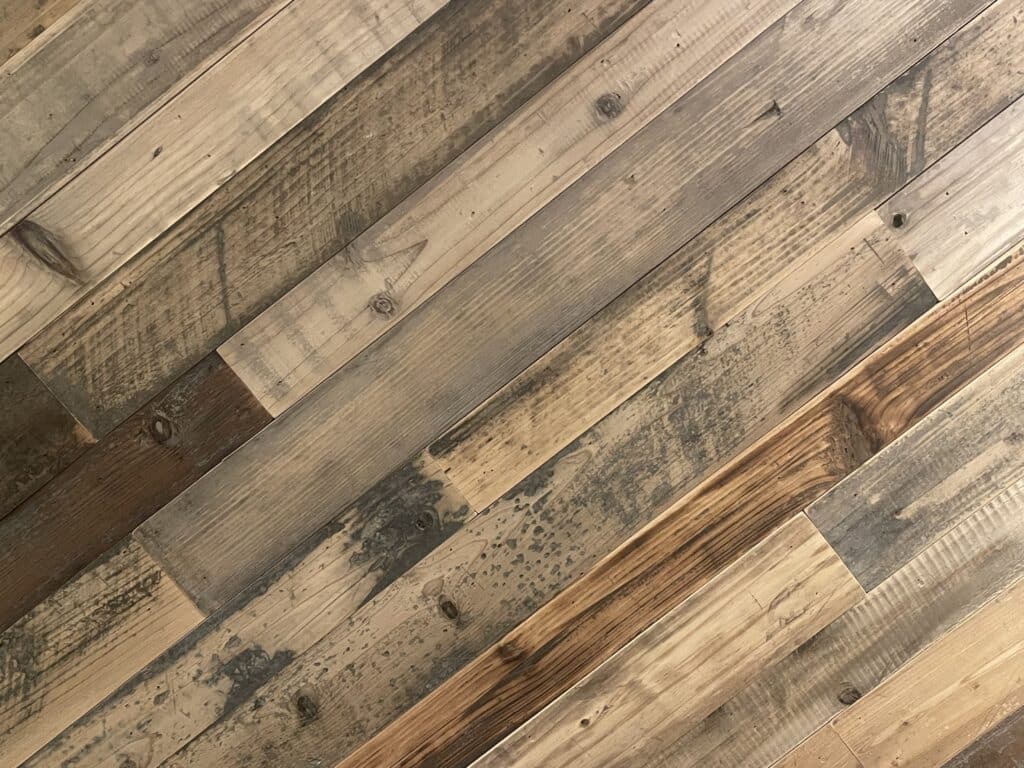Mistakes Commonly Made When Reclaiming Wood
There are so many incredible projects that can be made with reclaimed wood. Tables, shelves, clocks, and more are possible. However, if you make a mistake during the process, you could end up with poor quality in the finished product.
There are a number of commonly made mistakes when reclaiming wood. Here are the ones we see most often, so you can avoid them.
Not Properly Sourcing
Sourcing wood is important because you want to make sure it comes from a quality location. This can be an old barn, a home that is about to be demolished, or anywhere else. If you don’t know the location where the wood is being sourced from and you end up in a lumber yard, you should rely on them. It is worth doing a little homework to ensure the wood is going to be in good condition. If the wood is in poor condition when you get it, nothing you can do can improve the quality.
Not Knowing the Type of Wood
Different types of wood are capable of different things. Hardwood can withstand a lot, so if you are looking for something that is going to be weight bearing, you have to look for beech, white oak, hard maple, and similar varieties. Medium levels of hardness are ideal for furniture, such as cherry and oak. Then there are softer types that are better if you plan to do something more decorative, which includes basswood, lauan, and even varieties of poplar.
Not Removing All Metal
All of the metal should be removed from reclaimed wood. Remove all visible nails and screws and then sand. This additional step will often tell you if you missed something. If there is still metal, it can impact the overall stability and durability of the project you are working on. It can also affect your ability to cut the wood as desired.
Not Going Kiln Drying
The kiln drying process is probably the most important step. It can be a time consuming one, and may even be a little expensive. Many people skip it for these reasons. However, it is the kiln drying that helps to remove any remaining moisture in the wood. It can be the difference between your project lasting a lifetime or falling apart within months of its construction.
If you don’t want the wood to give you problems, it can be advantageous to source the wood from a professional, and even have the reclaimed wood ready for you to work with so you don’t encounter any DIY faux pas along the way.



